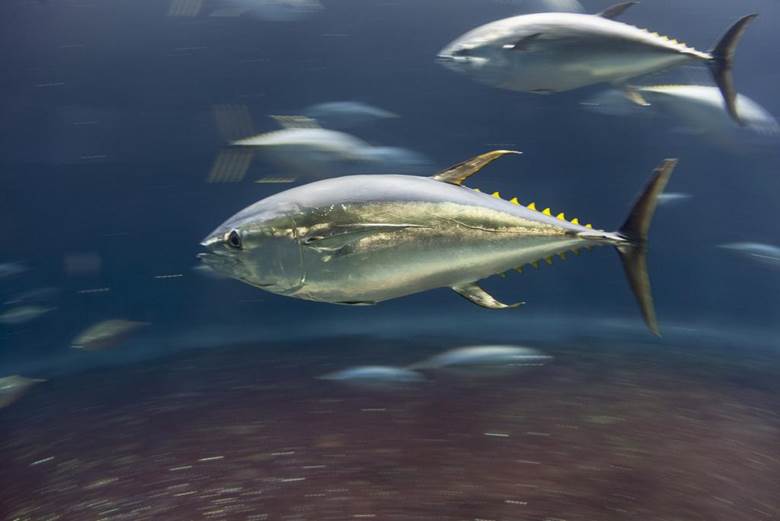Description

Disclaimer: Copyright infringement not intended.
Context: Concerted effort by countries like the United States, Japan, Korea, Taiwan and Mexico for decades to check overfishing has reaped results. The biomass of the Pacific Bluefin Tuna has increased and is second-highest in recorded history, showed a new stock assessment. The stock assessment report was presented at a recent plenary meeting of the International Scientific Committee for Tuna and Tuna-Like Species in the North Pacific Ocean (ISC).

About:
- The bluefin biomass, which is the parameter used to assess the stock of the fish, is set to cross the second rebuilding target later this year — much ahead of the predicted timeline.
- It has already met the first target which was set for 2024.
- The biomass had shrunk to a sliver of its potential unfished biomass (another major assessment metric for the species) through the late 1990s and 2000s due to overfishing.
- Bluefin are the largest tunas and can live up to 40 years.
- They migrate across all oceans and can dive deeper than 3,000 feet.
- Bluefin tuna are made for speed: built like torpedoes, have retractable fins and their eyes are set flush to their body.
- They are tremendous predators from the moment they hatch, seeking out schools of fish like herring, mackerel, and even eels.
- They hunt by sight and have the sharpest vision of any bony fish.
- There are three species of bluefin: Atlantic (the largest and most endangered), Pacific, and Southern. Most catches of the Atlantic bluefin tuna are taken from the Mediterranean Sea, which is the most important bluefin tuna fishery in the world.
- STATUS: Endangered
- SCIENTIFIC NAME: Thunnus Thynnus
- WEIGHT: 1500 pounds
- LENGTH: 6 - 10 feet
- HABITATS: Oceans
https://www.downtoearth.org.in/news/wildlife-biodiversity/good-news-pacific-bluefin-tuna-stock-to-rebound-sooner-than-expected-due-to-global-conservation-efforts-84457















